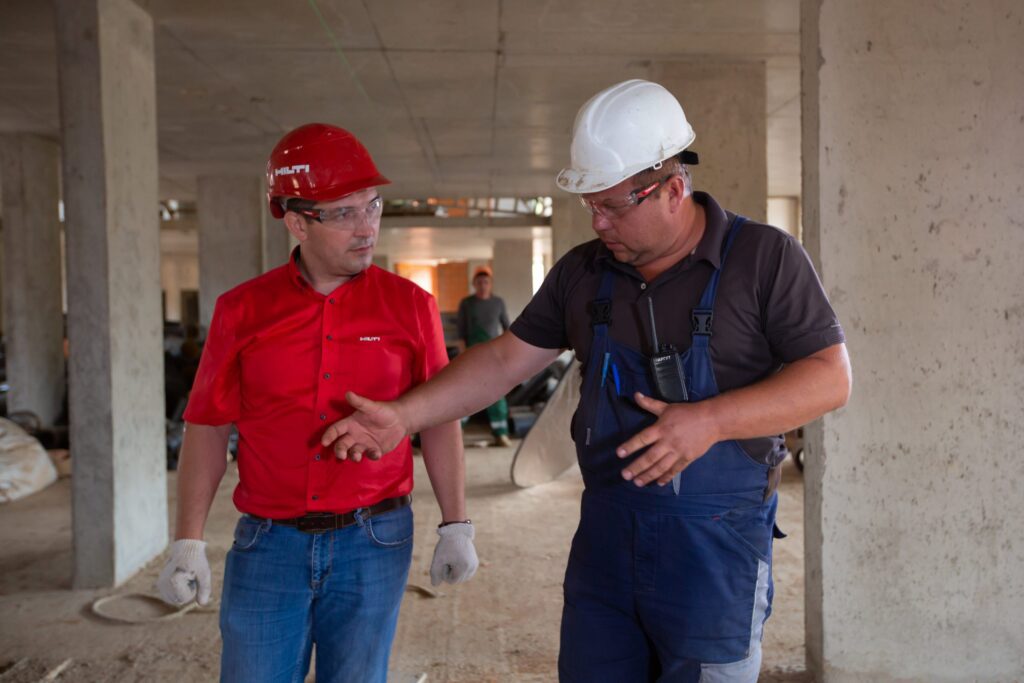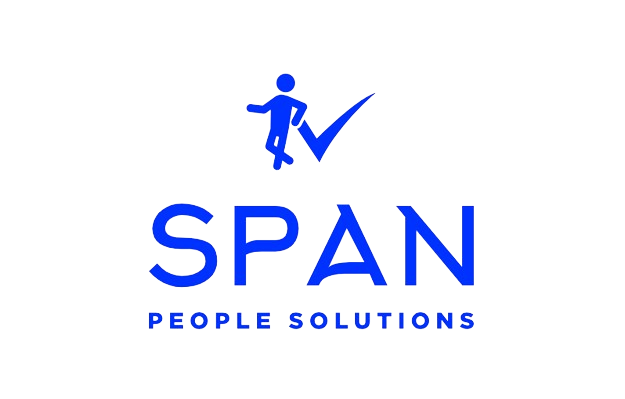Span Liaison and Allied Services
Industrial Manpower Challenges and Solutions

In the dynamic landscape of industrial operations, industrial manpower stands as the cornerstone of success. Skilled workers drive productivity, innovation, and growth from manufacturing to logistics. However, amidst the evolving industrial landscape, challenges in securing, retaining, and optimizing manpower have become increasingly prevalent. In this article, we delve into the key challenges faced by industries and explore innovative solutions to address them.
Understanding the Challenges
1. Skills Gap
The rapid advancement of technology has led to a widening gap between the skills possessed by the existing workforce and those demanded by modern industrial processes. Many industries struggle to find workers equipped with the technical expertise needed to operate advanced machinery and systems.
2. Aging Workforce
An aging workforce poses significant challenges for industries, particularly in sectors with specialized skill requirements. As experienced workers retire, there is a pressing need to transfer their knowledge and expertise to the next generation of workers.
3. Recruitment Challenges
Attracting skilled talent has become increasingly competitive in today’s job market. Industrial sectors often face difficulty in recruiting qualified candidates, especially for positions that require specialized skills or operate in remote locations.
4. Retention Issues
High turnover rates among industrial manpower can disrupt operations and incur significant costs for employers. Factors such as inadequate compensation, limited career advancement opportunities, and poor working conditions contribute to retention challenges.
5. Safety Concerns
Ensuring the safety and well-being of industrial manpower is paramount, yet many industries struggle to maintain robust safety protocols and mitigate workplace hazards effectively.
Innovative Solutions
1. Upskilling and Training Programs
Investing in upskilling and training programs can bridge the skills gap and empower workers with the knowledge and competencies needed to thrive in modern industrial environments. Employers can collaborate with educational institutions and vocational training centers to design tailored training initiatives aligned with industry needs.
2. Knowledge Transfer Initiatives
To address the challenges posed by an aging workforce, industries can implement knowledge transfer initiatives that facilitate the transfer of tacit knowledge from experienced workers to younger employees. Mentorship programs, on-the-job training, and documentation of best practices are effective strategies for preserving institutional knowledge.
3. Strategic Recruitment Practices
Adopting strategic recruitment practices, such as targeted outreach to underrepresented groups, leveraging social media and digital platforms for recruitment, and offering competitive compensation packages, can help industries attract top talent and diversify their workforce.
4. Employee Engagement and Well-being Programs
Prioritizing employee engagement and well-being is crucial for enhancing retention rates and fostering a positive work culture. Industries can implement initiatives such as wellness programs, flexible work arrangements, and recognition schemes to promote employee satisfaction and loyalty.
5. Technology Integration for Safety
Embracing technological advancements such as IoT-enabled safety devices, predictive analytics for risk assessment, and virtual reality simulations for safety training can significantly enhance workplace safety and reduce the occurrence of accidents and injuries.
Conclusion
In conclusion, industrial manpower challenges are multifaceted and require proactive and innovative solutions. By investing in upskilling and training, promoting knowledge transfer, adopting strategic recruitment practices, prioritizing employee engagement, and leveraging technology for safety, industries can overcome these challenges and position themselves for sustainable growth and success in the ever-evolving industrial landscape.
